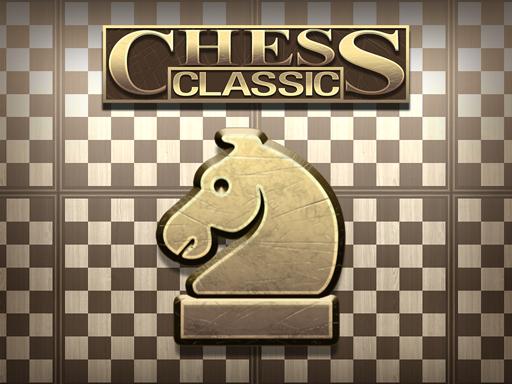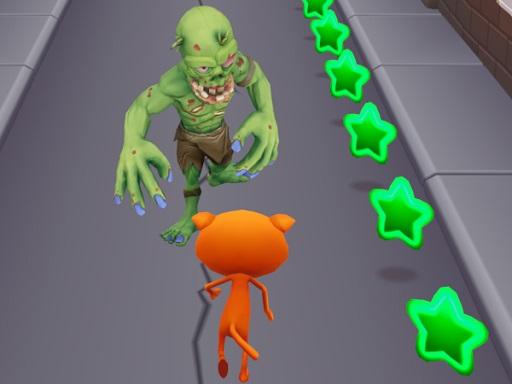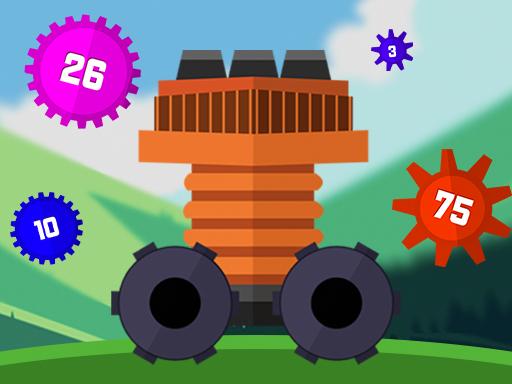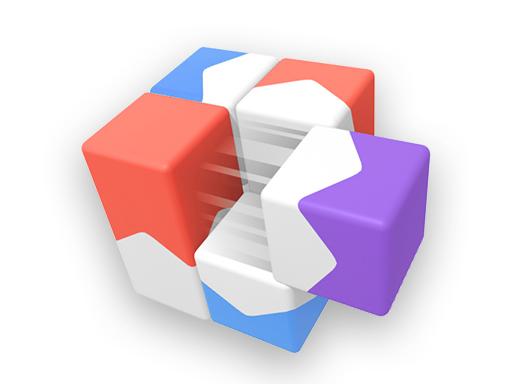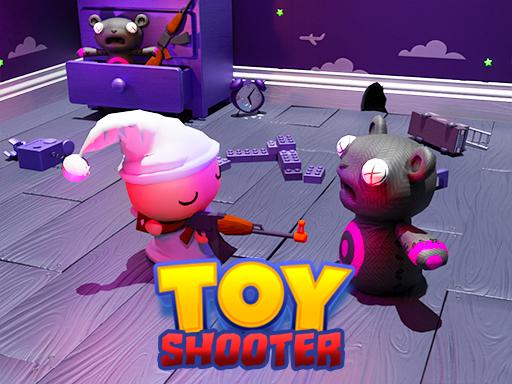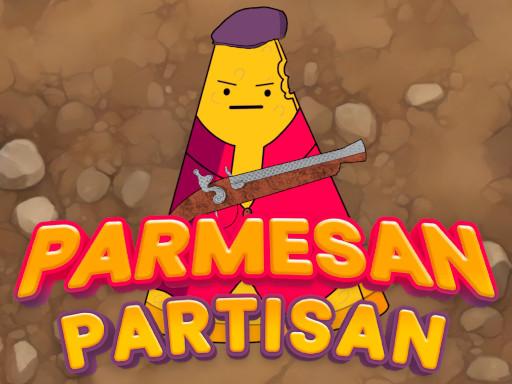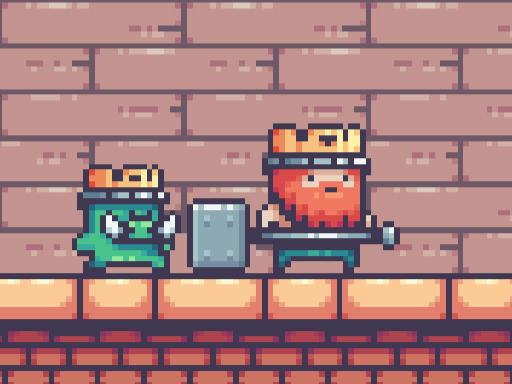Introduction and How to Play the Game “Time Control”
Time Control is an intriguing and strategic game that challenges players to manage their time wisely while making decisions that impact the flow of events in the game world. Whether set in a sci-fi, fantasy, or real-world scenario, Time Control games typically revolve around the player’s ability to manipulate time to solve problems, overcome obstacles, or gain strategic advantages. This guide introduces the core concept of Time Control, explores various game mechanics, and provides detailed strategies to help you master its unique gameplay.
Overview of “Time Control”
In Time Control, players often find themselves with a unique ability: the power to influence time. This power may include options to pause, rewind, fast-forward, or slow down time, enabling players to interact with the game environment in ways that defy the normal constraints of linear time. As the name implies, time is a key element, and the player must use it strategically to achieve goals, complete missions, and progress through the story.
The time control mechanic can be found in a variety of games across genres, from puzzle games and platformers to action-adventure titles. Each of these games uses the mechanic differently, making each experience fresh and distinct. Popular games that incorporate time control elements include Prince of Persia: The Sands of Time, Braid, and Quantum Break, where time manipulation is integral to solving puzzles, avoiding hazards, or gaining the upper hand in battles.
Key Mechanics in Time Control Games
Understanding the various mechanics of time manipulation is essential for mastering the game. Here are some of the most common time-control abilities and how they function in gameplay:
- Time Pause
With the time-pause ability, players can freeze everything around them, allowing them to plan their moves without the pressure of real-time action. For instance, in combat scenarios, pausing time can let players assess threats and position themselves strategically. In puzzle sections, it can provide the necessary time to analyze elements and make calculated moves.
- Rewind Time
The rewind mechanic is one of the most iconic features in time-control games. Players can reverse time, undoing recent actions or errors. This is especially useful when players make a mistake or encounter a difficult enemy. Rewinding allows them to try a different approach without restarting from a checkpoint or losing progress.
- Fast-Forward or Speed Up Time
Speeding up time is helpful when players want to expedite certain events or skip waiting periods. For example, if the game has a day-night cycle and certain actions can only happen at specific times, fast-forwarding time lets players reach their desired time point quicker. In some games, this ability can also affect other objects in the environment, allowing for creative problem-solving.
- Slow Motion
This ability slows down time in the game world, making actions and events occur in slow motion. Often used in action sequences, slow-motion allows players to dodge attacks, observe details, or execute precise maneuvers that would be challenging in real-time. It’s particularly effective for enhancing combat and creating immersive cinematic experiences.
- Predictive Vision
In some games, players can catch a glimpse of future events. This predictive vision lets them plan their moves according to what will happen next. This feature is particularly useful in puzzle and strategy games, where players need to foresee consequences and adapt accordingly.
How to Play Time Control Games: Strategies and Tips
Mastering a time-control game requires both strategy and experimentation. Here are some tips to help you get the most out of your time manipulation powers:
- Experiment with Different Abilities
When you gain access to new time-control abilities, take the time to test each one in different scenarios. This can reveal unexpected uses and combinations, helping you learn how to make the most of your powers in various situations.
- Understand Cause and Effect
Many time-control games revolve around understanding the cause and effect of your actions. Before making a move, consider how manipulating time will impact the game environment. Rewinding time, for instance, may affect objects or NPCs differently than if you had not intervened at all. Use this knowledge to anticipate the outcomes of each move.
- Observe Patterns in the Environment
Time control mechanics often interact with the game’s environment in subtle ways. Pay close attention to objects, NPC movements, and environmental hazards. Recognizing patterns allows you to better predict the impact of time manipulation, helping you plan moves more effectively and find hidden solutions.
- Conserve Time Manipulation Energy
In some games, the ability to manipulate time is tied to a limited resource or energy bar. Be mindful of how often you use time manipulation and avoid wasting it on unnecessary actions. Save your time-control abilities for critical moments, especially during boss fights or tricky puzzles.
- Think Outside the Box
Time control often opens the door to unconventional solutions. If you’re stuck, try experimenting with different abilities or combining them in unexpected ways. Many time-control games reward creative thinking, so don’t hesitate to try out risky moves or unusual tactics to find alternative solutions.
- Utilize Time Control in Combat
In games where combat is a focus, mastering time manipulation can make battles more manageable. Pausing or slowing time allows for precise aiming or strategic positioning, while rewinding can let you undo damage or avoid an attack. Each fight can become a puzzle, with time manipulation offering unique ways to approach every encounter.
Examples of Popular Time Control Games
To get a feel for how different games implement time-control mechanics, here are a few popular examples:
- Prince of Persia: The Sands of Time: Known for its rewind feature, allowing players to undo mistakes and avoid death in platforming sections or combat.
- Braid: A puzzle platformer that uses a variety of time-manipulation mechanics across its levels, encouraging players to think critically about the flow of time.
- Quantum Break: An action-adventure game where players can manipulate time in combat scenarios, freezing enemies or speeding up to dodge attacks.
- Life is Strange: A narrative-focused game with a rewind mechanic that lets players explore the consequences of different choices, impacting the story and relationships with characters.
Final Thoughts
Time Control games offer a unique blend of strategy, creativity, and skill. By harnessing the power to manipulate time, players can explore new gameplay possibilities and approach challenges in innovative ways. Whether it’s rewinding a misstep or slowing time to dodge a powerful attack, mastering time manipulation can be immensely satisfying and rewarding. Remember, the key to success in Time Control games is patience, experimentation, and a willingness to think creatively. Embrace the power of time, and use it wisely to conquer challenges and uncover the game’s hidden secrets.


